By implementing a comprehensive digital transformation, promoting innovation and developing a skilled workforce, Vietnam can leverage its potential and contribute to the growth and prosperity of the Asia-Pacific region.
 |
| Ms. Linda Tan, President of Semiconductor Association of Southeast Asia (SEMI SEA). (Photo: NVCC) |
Ms. Linda Tan, President of the Semiconductor Association of Southeast Asia (SEMI SEA) shared with The World and Vietnam Newspaper about what Vietnam can contribute to the digital development process, promoting innovation in the Asia-Pacific region.
How do you assess Vietnam's current digital and innovation development opportunities, especially in the semiconductor industry? What are Vietnam's strengths and challenges in this field?
Vietnam’s semiconductor industry is well-positioned for growth, thanks to its young and abundant workforce, graduates of renowned technology universities such as the Hanoi University of Science and Technology or the University of Engineering and Technology (under the Vietnam National University, Hanoi). The government’s decision to establish the National Innovation Center (NIC) also helps promote research and development, nurture startups and create a strategic advantage for key Asian markets.
However, challenges remain such as the skills gap (the difference between current employee capabilities and the skills required by organizations and businesses to perform jobs), intellectual property protection and regional competition.
However, I believe that Vietnam's proactive approach and dynamic workforce have opened up a bright future for the country's semiconductor industry.
In your opinion, how does the innovation ecosystem, especially in the semiconductor industry, impact Vietnam's economic development?
The innovation ecosystem in Vietnam’s semiconductor industry plays an important role in the country’s economic development. The innovation ecosystem will promote advanced technology research and development, thereby not only enhancing technological capabilities but also attracting foreign investment and promoting local startups.
The ecosystem also encourages collaboration between universities, research institutions and private enterprises, facilitating knowledge transfer and skills development.
Furthermore, a thriving semiconductor sector can create more jobs, especially in high-skilled sectors, contributing to the overall growth of the economy. As the demand for semiconductors continues to increase globally, Vietnam has the potential to position itself as a key player in the supply chain, integrating further into the global market.
Ultimately, in my opinion, a strong innovation ecosystem in the semiconductor industry will drive sustainable economic growth, enhance competitiveness and improve living standards for the Vietnamese people.
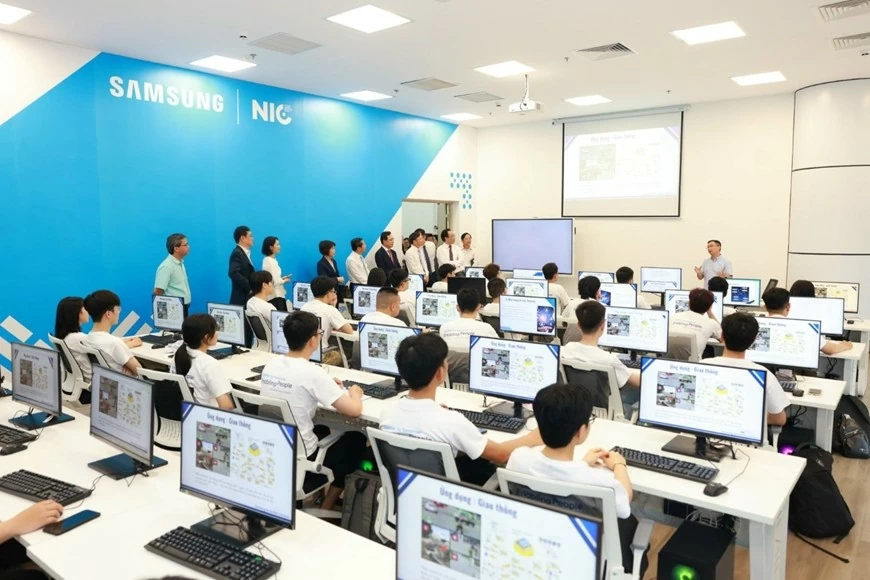 |
| Students attending the Technology Talent Development Program organized by Samsung and NIC. (Photo: Dan Thanh) |
In the coming time, what should the Vietnamese business community, especially in the semiconductor sector, do to promote the innovation ecosystem, thereby contributing to Vietnam's economic development in the new era - the era of striving?
To effectively promote the innovation ecosystem and contribute to Vietnam's economic development in the new era, I see that Vietnam needs to focus on a number of key strategies as follows:
First, targeted R&D investment. Vietnam should allocate resources to R&D in specialized areas such as packaging and advanced testing, which are growing areas with high demand. At the same time, it is necessary to focus on developing semiconductor solutions for Artificial Intelligence (AI) and Internet of Things (IoT) applications by collaborating with universities and research institutions to promote breakthrough solutions and develop the industry.
Second, promote collaboration. The country needs to encourage collaboration between private organizations, academia and the public sector. This can be modeled after success stories in other countries, thereby creating a more integrated innovation ecosystem.
Third, enhance skills development. The semiconductor industry needs a highly skilled workforce. Local businesses should invest in training and internship programs to equip employees with the latest skills and knowledge.
In addition, being able to collaborate with educational institutions to align and bridge the gap with industry needs will ensure a steady stream of talent.
In addition, providing scholarships or exchange programs to train Vietnamese students in leading semiconductor programs abroad such as SEMI Regional Students Bootcamp will help students have more opportunities to interact and experience cross-cultural learning.
Fourth, strengthen intellectual property protection. Strong intellectual property protection will encourage innovation by ensuring that businesses can protect their inventions and investments. This will create a safer environment for businesses to develop and commercialize new technology products.
Fifth, participate in global networks. Active participation in international forums and networks using the SEMI global platform can provide valuable connections and collaboration opportunities. This exposure can help Vietnamese companies keep up with global trends and technologies in the semiconductor industry.
By focusing on implementing the above strategies, I believe that Vietnam can significantly enhance the innovation ecosystem in the semiconductor sector, contributing to the country's economic development and positioning itself as a competitive country in the global market.
Looking further, with the Asia-Pacific Economic Cooperation (APEC) forum, how do you assess the achievements of digital development and innovation of these economies, especially in the semiconductor industry? How can Vietnam learn and contribute to the Asia-Pacific region?
APEC provides a valuable platform for member economies to share best practices in digital development and innovation. Vietnam can learn from the achievements of other APEC members, especially in the semiconductor industry, to accelerate its own progress and become a more important player in the global technology landscape.
By implementing a comprehensive digital transformation, promoting innovation and developing a skilled workforce, Vietnam can tap its potential and contribute to the growth and prosperity of the Asia-Pacific region.
Thank you!
Source: https://baoquocte.vn/viet-nam-cung-apec-tang-truong-va-thinh-vuong-trong-ky-nguyen-vuon-minh-293574.html












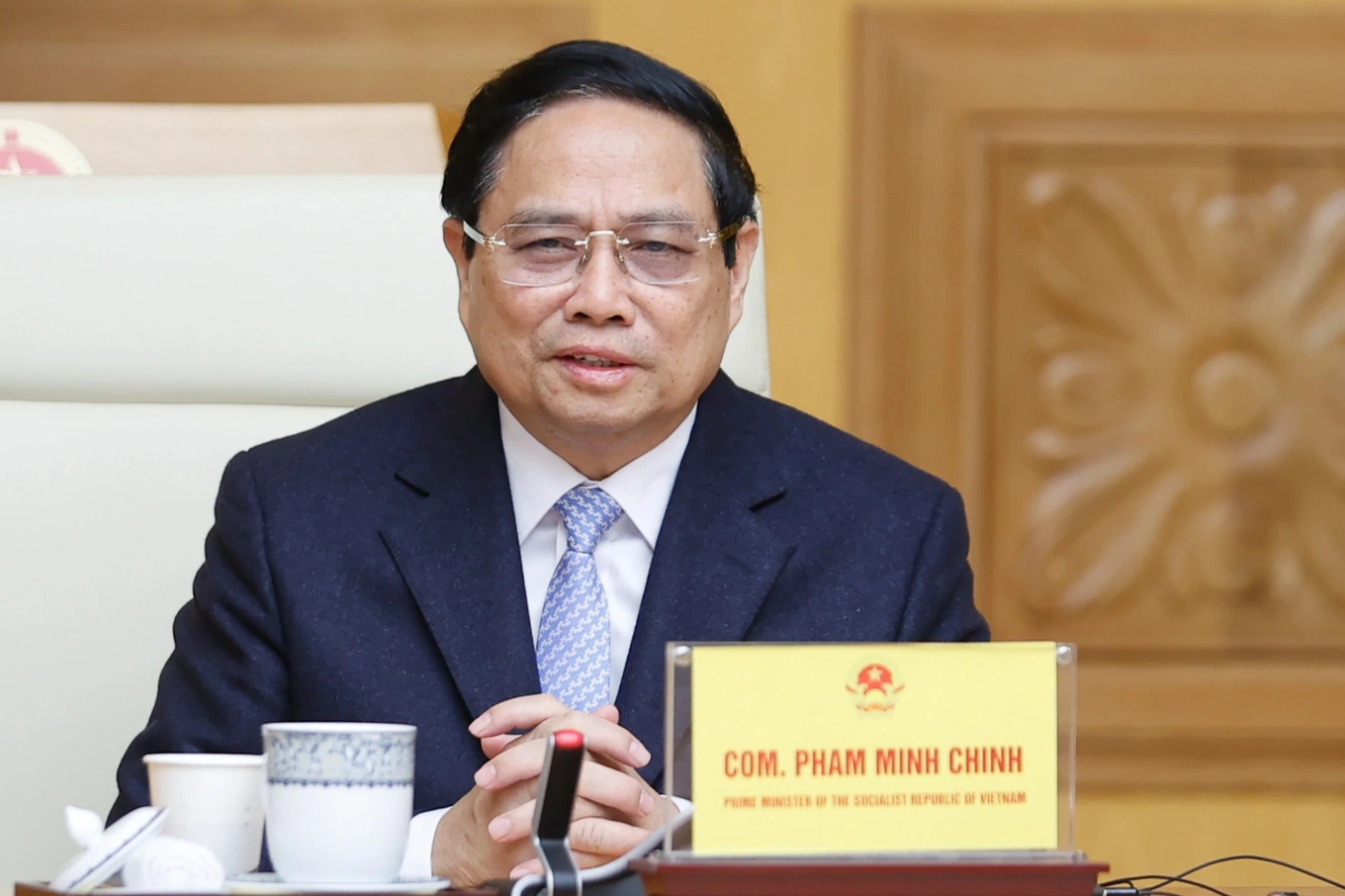




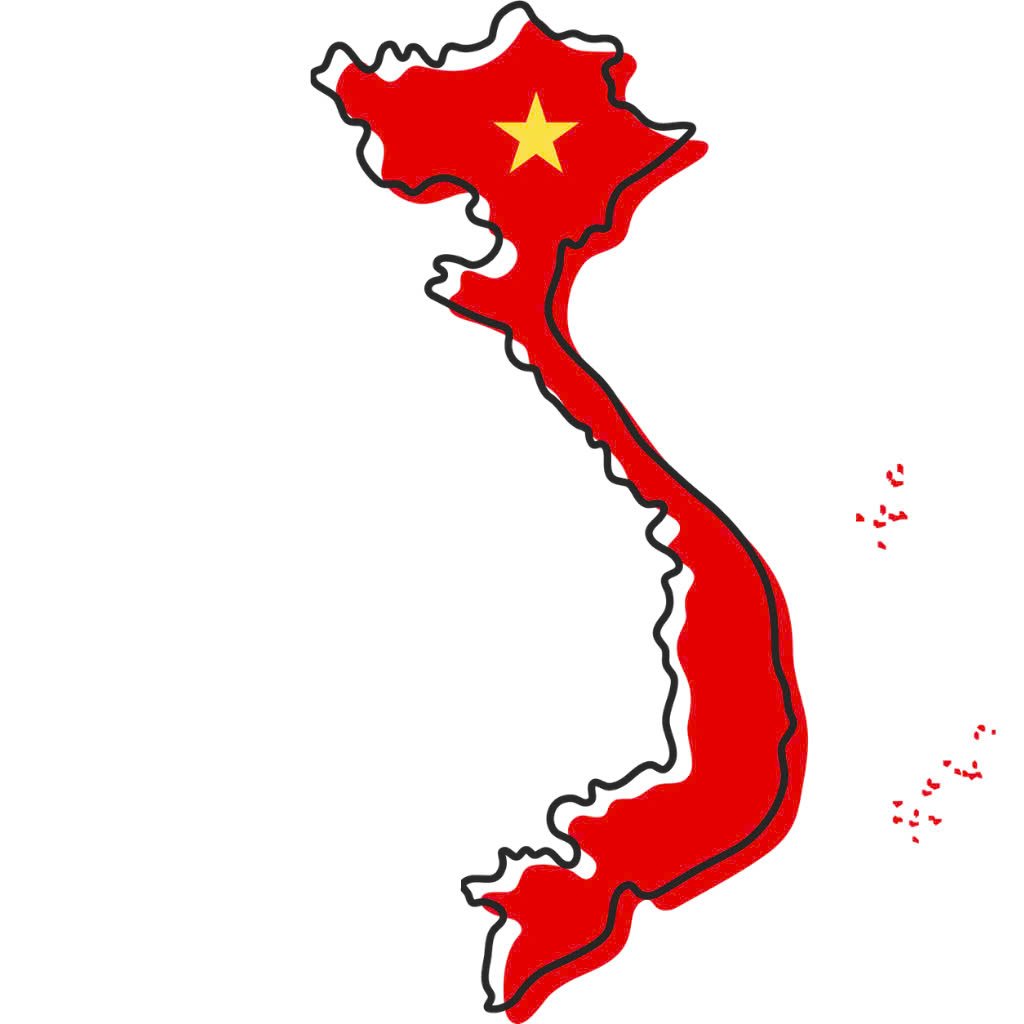
































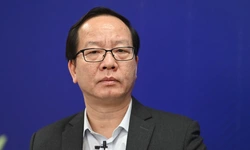

























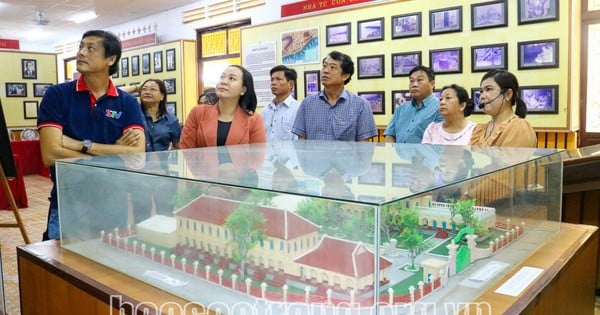


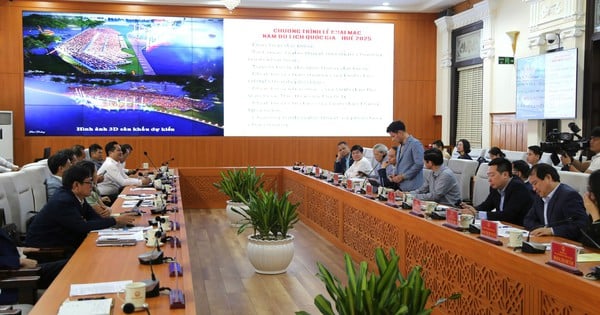















Comment (0)